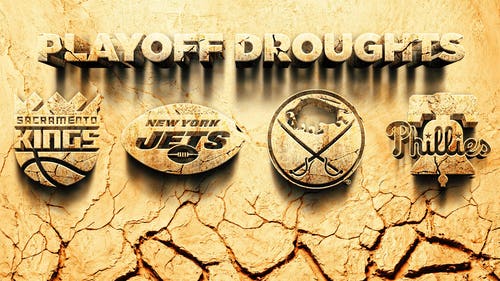
Moore's vision finally validated as Royals advance to World Series
The Royals are going to the World Series, and it's time to acknowledge the notion isn't so implausible after all.
Maybe general manager Dayton Moore knew what he was doing all along — when he traded Zack Greinke for Alcides Escobar and Lorenzo Cain, now the ALCS MVP; when he dealt top prospect Wil Myers for James Shields and Wade Davis (and was roundly criticized at the time); when he resisted calls to fire manager Ned Yost earlier this year.
And while the A's and Tigers made splashy July trades for aces Jon Lester and David Price, respectively, Moore added several veterans but mostly maintained the status quo. Of the 20 players who appeared for the Royals during their ALCS sweep of Baltimore, only two joined the organization after the start of spring training. Both are relievers: Jason Frasor, who arrived in a July trade with Texas, and Brandon Finnegan, the organization's top pick in the June amateur draft.
Lester's Athletics and Price's Tigers are home for the winter, but the Royals are bound for their first World Series since 1985 because Moore has designed a roster to take advantage of this strikeout-prone era in baseball.
The Royals finished with the fewest strikeouts in the majors this season, meaning they put the ball in play often enough to manufacture runs. They are a sublime defensive team: Cain, third baseman Mike Moustakas and left fielder Alex Gordon made ALCS catches that will be remembered for both artistry and impact. And the Royals' bullpen is among the most reliable in baseball, with relief aces Kelvin Herrera, Davis, and closer Greg Holland combining for a 0.61 ERA against the Orioles.
Remember how we're always told that an overpowering rotation is necessary to advance through the postseason? Well, that's wrong. Here was the duration of each outing for a Kansas City starter in this series: five innings, 5-2/3 innings, five innings, 5 1/3 innings. Their collective ERA was 4.29. Hardly dominant, but plenty good enough because of the other elements Moore and Yost fused together.
After a 14-run outburst over the first two games of the ALCS, the Royals' latter two victories came by the same (more customary) score: 2-1. And none of the Royals' four runs at Kauffman Stadium came by way of a hit. In Game 3, they scored on a Gordon groundout and Billy Butler sacrifice fly. In Game 4, both runs (one unearned) scored on Eric Hosmer's ground ball to first base.
But it worked. This is tournament baseball, which is inherently different than the 162 that come before. We might say that other organizations will try to mimic the Royals' roster construction, but they actually can't. Because the final ingredient here is that much of the Royals' core — Butler, Gordon, Hosmer, Moustakas and catcher Sal Perez, along with Cain and Escobar — won in the minor leagues together, lost in the major leagues together, and now is winning in the major leagues together.
They play for one another, as the local high school might, the way very few major-league teams do. They're reminding us that sprawling catches can be as indelible as home runs, that nine well-defended innings make baseball move at just the right rhythm, that tipping one's cap (as the Royals do to each other after fine plays) gives the game the perfect grace note.
At various times in the past couple seasons, it seemed possible that Moore or Yost — and maybe both of them — would be fired by now. Instead, they’re deservedly on their way to the World Series. And their brand of baseball will be a joy to watch on the sport’s grandest stage.









